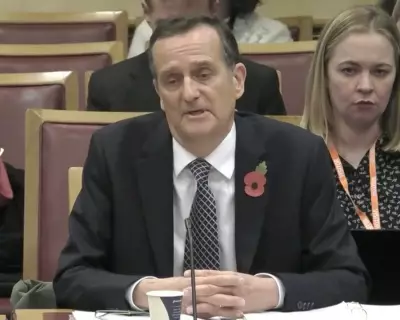
In a significant policy shift that will reverberate across international military alliances, the Pentagon has announced comprehensive changes to its regulations governing transgender service members. The new framework, approved by Defence Secretary Lloyd Austin, aims to balance individual rights with military readiness concerns.
Key Changes to Military Service Requirements
The updated policy introduces several crucial modifications that will affect current and prospective service members:
- Medical documentation requirements for gender transition have been substantially increased
- Service members diagnosed with gender dysphoria must now demonstrate stability in their identified gender for a minimum period before deployment
- New mental health screening protocols have been established for transgender personnel
- The policy maintains the prohibition on funding for gender transition surgeries through military healthcare
Balancing Inclusion and Military Effectiveness
Defence officials describe the revised approach as seeking middle ground between full inclusion and practical military considerations. "Our primary responsibility remains ensuring the combat effectiveness of the world's most powerful military," stated a senior Pentagon representative during the policy announcement.
The changes come after extensive review of medical policies and consultation with military commanders, medical professionals, and allied nations including the United Kingdom.
Implications for International Military Cooperation
As one of America's closest defence partners, the UK Ministry of Defence is closely monitoring these developments. The policy shift could influence how NATO allies approach similar issues within their own armed forces.
Military analysts suggest the revised American approach may prompt review of existing protocols among other Western militaries, particularly those engaged in joint operations with US forces.
The implementation timeline for these changes remains unspecified, with Pentagon officials indicating that detailed guidance will be provided to military commanders in the coming weeks.





